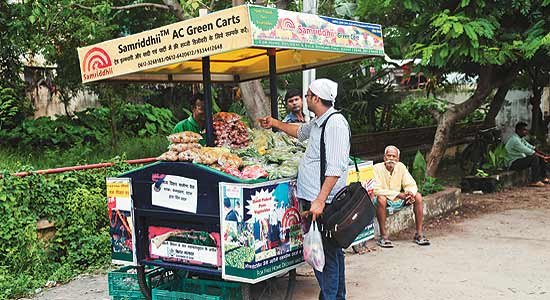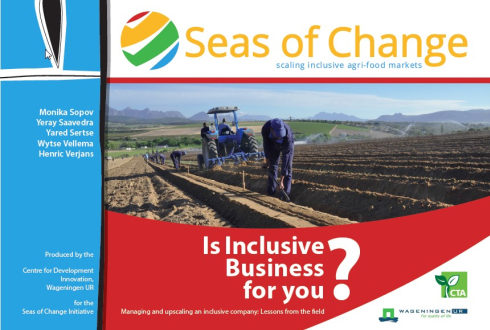About a year ago, i discussed the emergence of the manufacturing industry in Ethiopia, as a chance to move huge amount of rural population out of agriculture and push for more productive agriculture.
It was a movie that was very biased, towards modern slavery not looking at the opportunities that this new sector can bring to a very poor country. Especially the working conditions offered by Chinese manufacturers were actually quite good compared to other employment opportunities in Ethiopia.
Recently the German TV followed the cloth route for H&M cloth in Bangladesh and unveiled how H&M is working. H&M is also starting operations in Ethiopia because of the very low wage level.
It unveils how H&M never pays taxes, does not care at all about development of the countries their work in nor about their population. As much as manufacturing of cloth is a tremendous opportunity, it is time to look at what type of development it means. Government have the power to let H&M in, and under which conditions... Time for Ethiopia wake up and don't let its people become slaves?
It was a movie that was very biased, towards modern slavery not looking at the opportunities that this new sector can bring to a very poor country. Especially the working conditions offered by Chinese manufacturers were actually quite good compared to other employment opportunities in Ethiopia.
Recently the German TV followed the cloth route for H&M cloth in Bangladesh and unveiled how H&M is working. H&M is also starting operations in Ethiopia because of the very low wage level.
It unveils how H&M never pays taxes, does not care at all about development of the countries their work in nor about their population. As much as manufacturing of cloth is a tremendous opportunity, it is time to look at what type of development it means. Government have the power to let H&M in, and under which conditions... Time for Ethiopia wake up and don't let its people become slaves?


















































